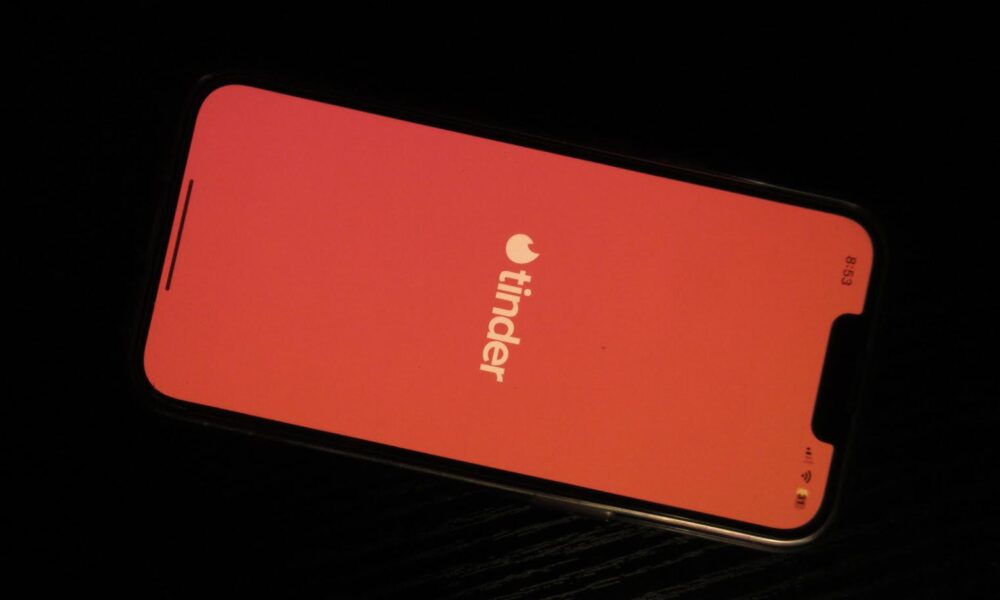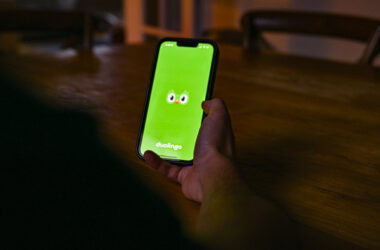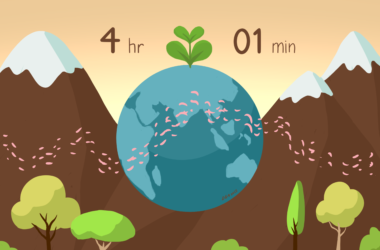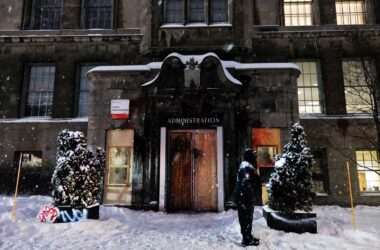Throughout much of the latter half of the 20th century, queer and transgender folks fought hard and brave to guarantee their basic human rights. From the Stonewall Uprising to the AIDS epidemic, 2SLGBTQIA+ people were united by a common goal. Furthermore, because homosexuality was so condemned at the time, queer communities gathered in particular parts of town in which they were accepted: The East Village in NYC, the Castro District in San Francisco, or even our own Gay Village here in Montreal. These used to be places in which queer dating took place—and for some people, it still does—but Gen Z rarely frequents these places now.
More and more, 2SLGBTQIA+ youth do not need to rely on these places to be their authentic self. Evidently, this is a good thing; yet, it also comes at a high cost. Given that younger queer people do not frequent these spaces anymore, they resort to the digital world to meet other queer people and date. For better or worse, dating apps are the easiest way of meeting potential romantic partners in the 21st century. However, while for straight people these are more of a choice, many LGBTQ folks, particularly gay men, use them out of necessity to meet other queer people. It is due to the lack of vibrant queer spaces in the real world that queer people resort to dating apps, some of which can have detrimental effects on mental and physical health.
The use of dating apps such as Grindr severely impacts users’ mental health, because it’s designed to feed upon gay men’s insecurities and vulnerabilities. Grindr is a dating app that caters primarily to cisgender gay men and is centred around hookup culture. Since it is not particularly easy to meet other gay guys in real life, Gen Z gay men often feel lonely and alienated from their community. Grindr promises a quick, 21st-century solution to this problem. It makes finding sex and potential romantic partners incredibly easy, just like gay clubs back in their heyday. However, unlike gay bars, apps like Grindr have the potential to become severely addictive. This is because such apps pair neutral, quick actions in the brain, such as simply scrolling on the app, with pleasurable reactions such as sexual gratification, which in turn teach the human brain to repeat those actions consistently.
However, what I think most gay men on Grindr are really seeking is not purely sex, but connection and community. The app offers an escape from the isolation that many gay men might experience. Men log into the app with the intention of finding a connection, and while they often do find a match, that pleasure is short-lived and ephemeral. It is a mere illusion, because most of the interactions in such apps are one-night stands, in which no meaningful connection develops, leaving men more anxious and lonely than before. Nonetheless, it seems they remain on these apps because finding gay men in the real world proves extremely difficult.
This problem has no easy solution. Gay clubs and bars are still highly sexualized spaces, and it is difficult to make them attractive to younger generations. However, a step in the right direction would entail investing in such communities to foster a sense of queer belonging. Montreal’s gay village has visibly decayed in the past few years. This place decades ago was a beam of hope for the 2SLGBTQIA+ community; now, it is a shadow. Rebuilding it will not fix the problem of dating apps, but it can at least empower queer individuals by providing them with the option to meet other gay people in real life, giving them more choice in how they connect with others.









